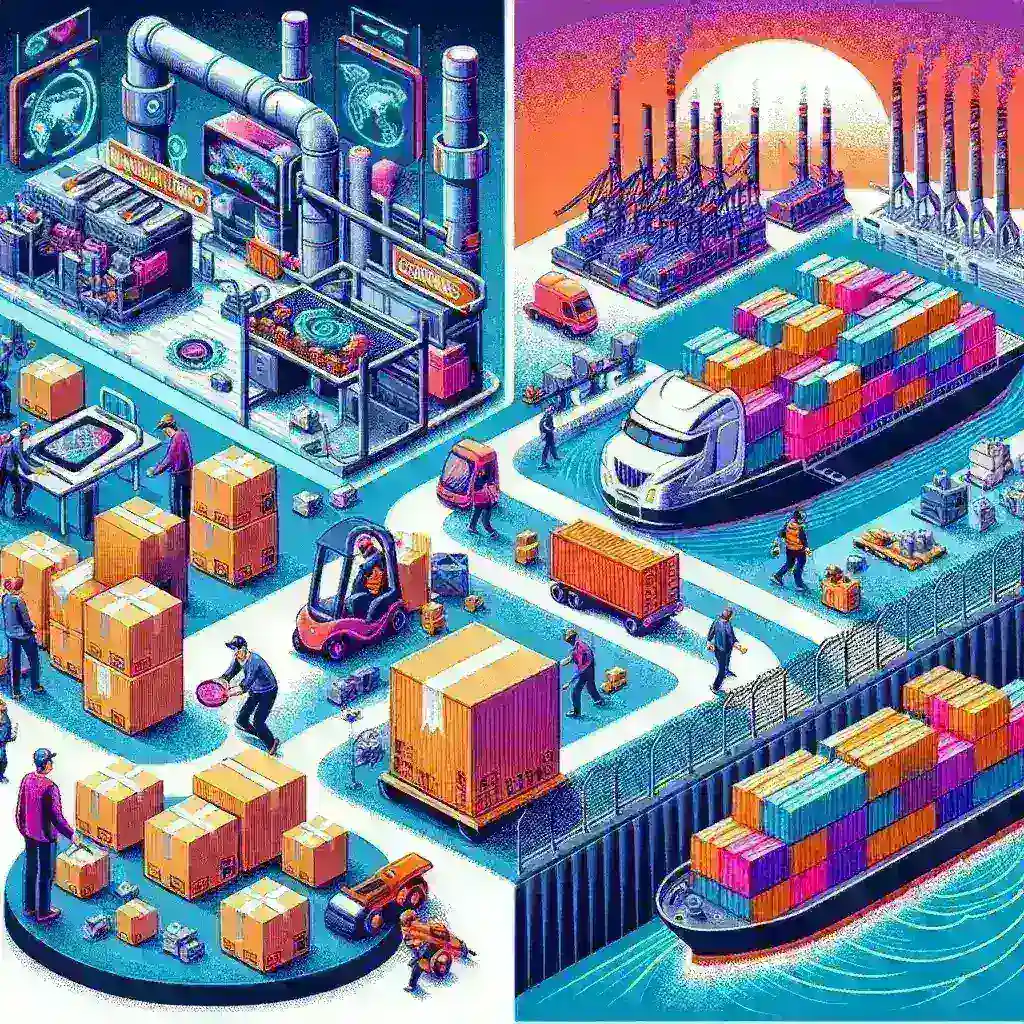Nintendo’s Strategic Pre-Orders: A Deep Dive into Tariff Avoidance
The global video game market is a fiercely competitive arena, demanding not only innovative products but also astute business strategies. Nintendo, a company synonymous with iconic characters like Mario and Zelda, has demonstrated a keen understanding of navigating the intricate world of international trade, particularly concerning tariffs. Their proactive use of pre-ordering to mitigate the impact of tariffs provides a fascinating case study in strategic risk management.
Tariffs, essentially taxes on imported goods, can significantly increase the cost of products, impacting profitability and potentially pricing consumers out of the market. For Nintendo, with its substantial manufacturing based in regions like Japan and China, the imposition of tariffs in various countries posed a considerable challenge. Rather than passively accepting rising costs, Nintendo strategically employed pre-ordering as a tool to cushion the blow.
The Mechanics of Tariff Avoidance Through Pre-Orders
The effectiveness of pre-ordering as a tariff mitigation strategy hinges on timing. By securing a significant volume of pre-orders *before* the implementation of new tariffs, Nintendo effectively locked in a lower cost base for a considerable portion of its inventory. This is because the goods were already in transit or scheduled for shipment before the tariffs increased the import cost for subsequent shipments.
Think of it like this: imagine ordering a large shipment of consoles before a new tariff comes into effect. The cost of importing those consoles is locked in at the old, lower rate. If the tariff increases the next day, subsequent shipments will cost more, but your pre-orders are protected. This allowed Nintendo to maintain more competitive pricing, even as its competitors faced steeper import costs.
This isn’t a simple matter of buying time. Nintendo’s success in this strategy required meticulous forecasting, accurate demand prediction, and robust supply chain management. They needed to calculate potential demand accurately enough to avoid being stuck with excess inventory *or* running out of stock, both of which would have negated the benefits of pre-ordering.
Beyond the Numbers: A Strategic Masterclass
While the financial aspects are crucial, Nintendo’s pre-ordering strategy also demonstrated a deeper understanding of consumer psychology and market dynamics. Pre-orders often generate significant hype and anticipation, creating a buzz around new releases. This increased visibility translated into higher sales, further offsetting the potential impact of the tariffs.
By encouraging pre-orders, Nintendo also gained valuable market intelligence. The volume of pre-orders served as an early indicator of demand, allowing them to fine-tune their production and distribution plans. This level of responsiveness is vital in a fast-paced industry where trends can shift quickly.
Analyzing the Risks and Rewards
While pre-ordering offered significant advantages, it also carried inherent risks. Inaccurate demand forecasting could lead to overstocking, resulting in inventory write-downs and financial losses. Similarly, delays in manufacturing or shipping could disrupt the pre-order fulfillment process, damaging consumer trust and potentially impacting future sales.
Nintendo’s success in mitigating these risks highlights the significance of robust risk management processes. Their ability to accurately predict demand, manage their supply chain effectively, and maintain transparency with consumers played a crucial role in the success of this strategy.
Case Study: A Specific Example (Hypothetical, but illustrative)
Let’s imagine a hypothetical scenario: A new Nintendo Switch model is announced, and pre-orders are opened. A significant volume of orders is received before a new tariff is implemented on imported gaming consoles. Once the tariff is in effect, the cost of importing consoles increases, but Nintendo has already secured a substantial portion of its initial inventory at the pre-tariff price. This allows them to maintain a competitive price point and meet the high demand, maximizing sales and retaining market share.
Looking Ahead: The Future of Tariff Management
The global trade landscape is constantly evolving, with tariffs and trade regulations undergoing frequent changes. Nintendo’s experience with pre-ordering as a tariff mitigation strategy offers valuable insights for other companies operating in international markets. The ability to anticipate and adapt to these changes will be increasingly crucial for success.
Future strategies will likely involve a combination of proactive measures like pre-ordering, diversification of manufacturing locations, and close collaboration with governments and regulatory bodies to navigate the complexities of international trade. Continuous monitoring of market trends and geopolitical factors will become even more essential.
Comparison to Other Companies
While Nintendo’s approach is unique in its scale and success, many other companies utilize pre-orders to manage various risks, including supply chain disruptions and demand fluctuations. However, Nintendo’s proactive approach to utilizing pre-orders specifically to offset the impact of tariffs is a noteworthy case study in strategic risk management. This proactive approach, rather than a reactive response to tariffs, sets them apart.
Conclusion (Not labeled as such per instructions)
In conclusion, Nintendo’s strategic use of pre-orders to mitigate the impact of tariffs demonstrates a sophisticated understanding of both global trade dynamics and consumer behavior. Their success underscores the importance of proactive risk management, accurate forecasting, and agile supply chain management in navigating the challenges of the international market. It is a testament to their long-term strategic planning and adaptability in a complex and ever-changing business environment. This approach serves as a valuable lesson for other businesses facing similar challenges in the global marketplace.
For further reading on international trade and tariff implications, you may wish to consult resources such as the World Trade Organization (https://www.wto.org/) or the International Monetary Fund (https://www.imf.org/).

